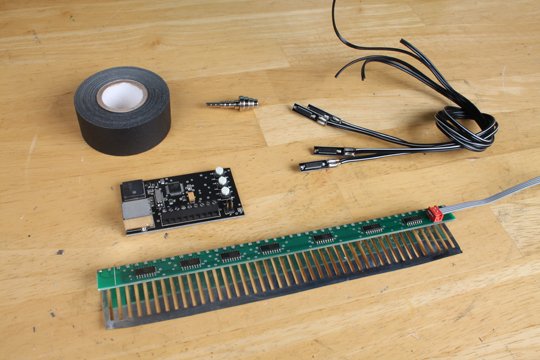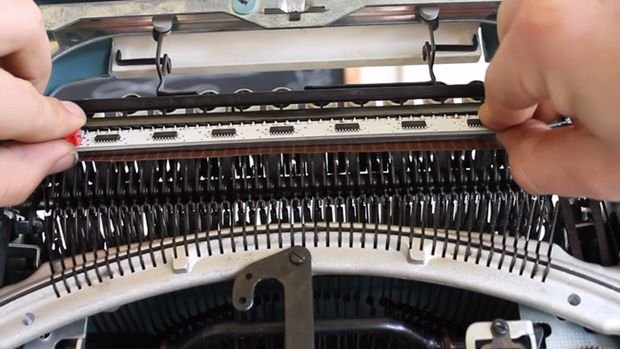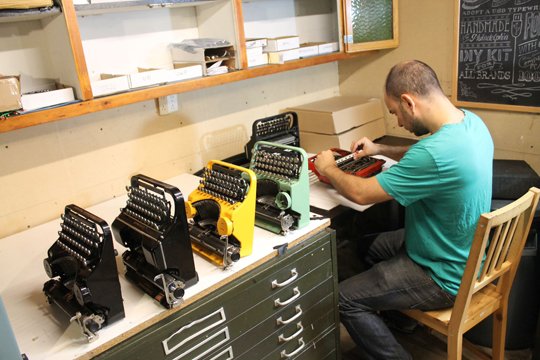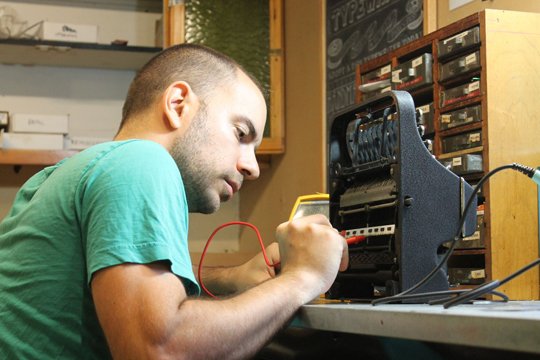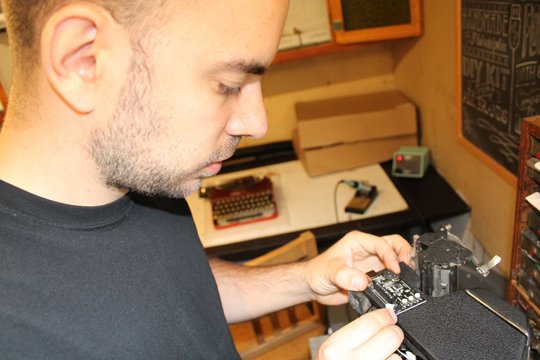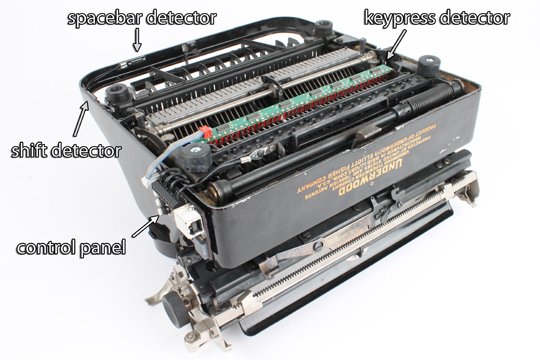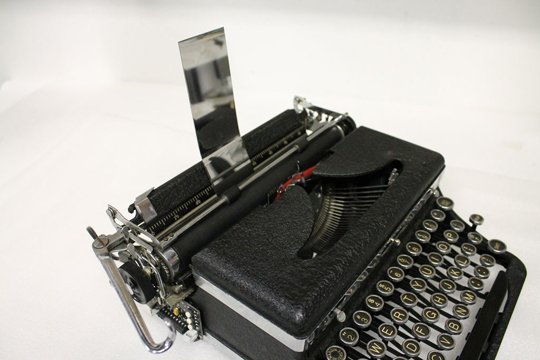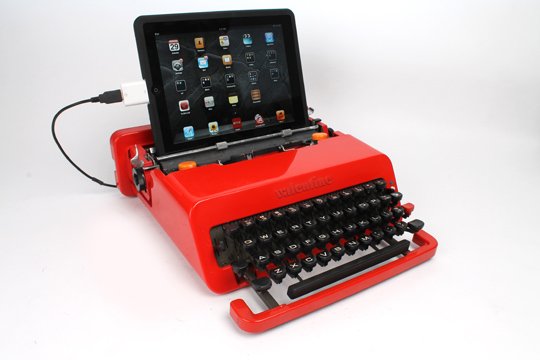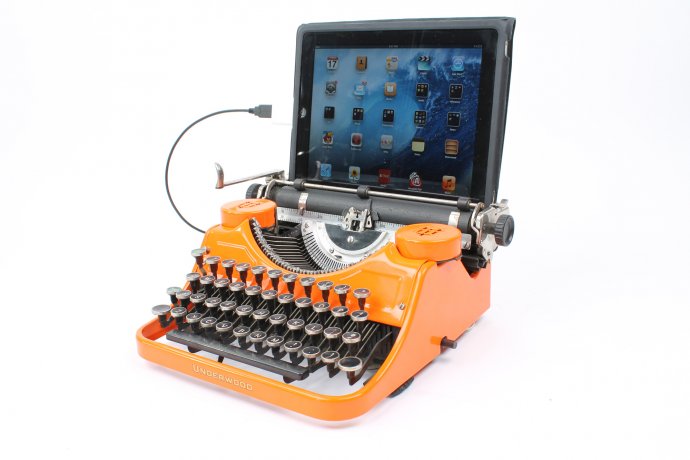Since 2010, engineer and designer Jack Zylkin has renovated typewriters for the digital age, transforming them into more versatile, practical writing tools. Plugged into a computer, tablet, or smartphone, Zylkin’s USB Typewriters function like modern external keyboards, combining the physical writing experience of the manual typewriter with the ease of modern word processing. Zylkin sells ready-made USB Typewriters, as well as do-it-yourself conversion kits customized for a range of models. The following images highlight Zylkin’s process.
Find details about every creative writing competition—including poetry contests, short story competitions, essay contests, awards for novels, grants for translators, and more—that we’ve published in the Grants & Awards section of Poets & Writers Magazine during the past year. We carefully review the practices and policies of each contest before including it in the Writing Contests database, the most trusted resource for legitimate writing contests available anywhere.







